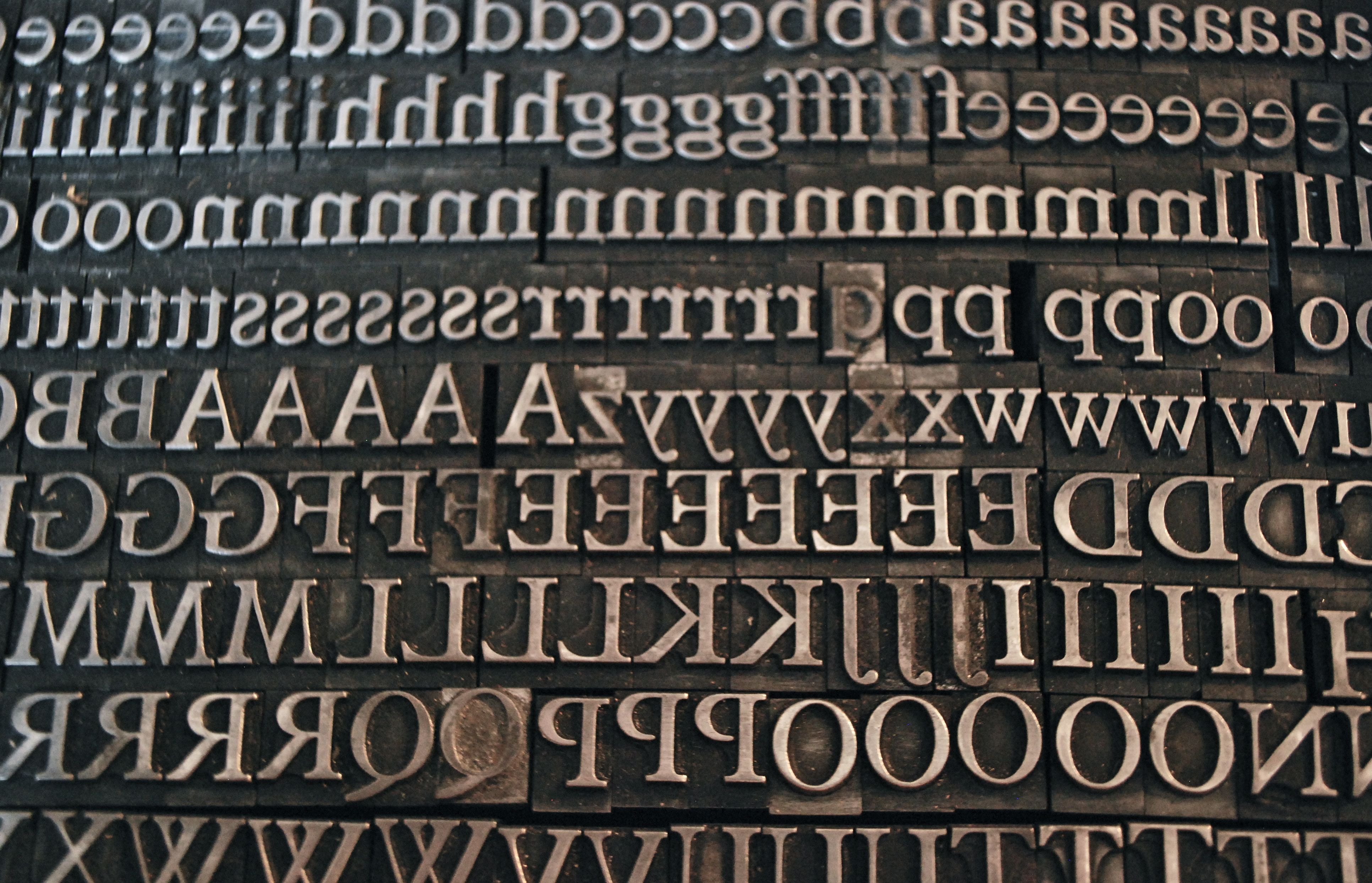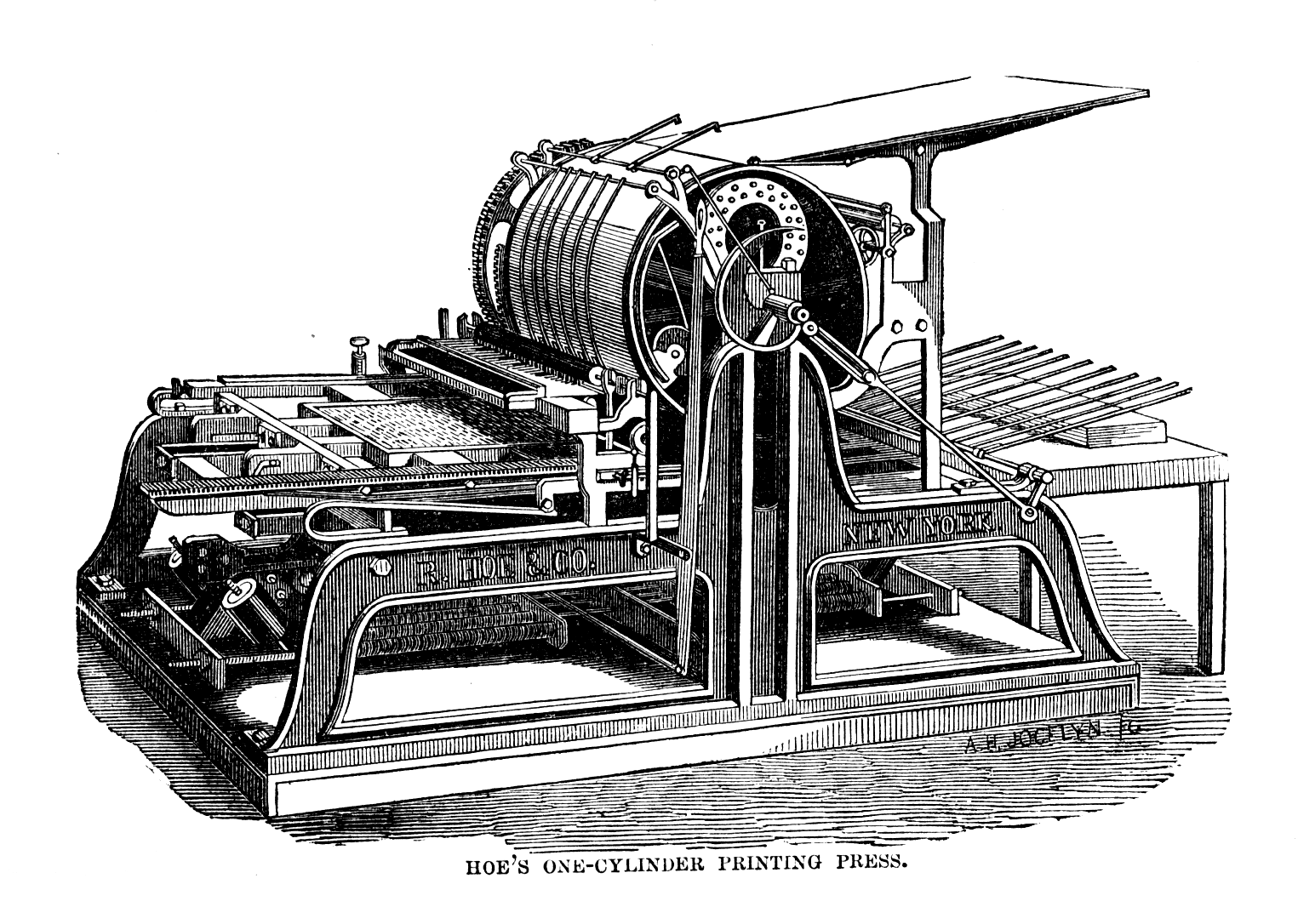Long Live Paper
And why paper still matters to good marketing
As a boy, writes Richard, I was a great fan of the original series of Star Trek; I don’t remember ever seeing paper on the USS Enterprise, because, of course, there wouldn’t be a need for it in the future. As a young bank trainee, one of my jobs was to maintain account ledgers, the last of their kind, as accounts moved over to digital records; we all knew there wouldn’t be a need for paper in the future.
And yet, the worldwide use of paper grew by 50% between 1980 and 2011. Why is this 2,000 year old technology so resilient?
Like all design or copywriting agencies, The Yorkshire Wordwright relies on, and embraces, digital communication. In your business, you will almost certainly do so too, whether it be directly, or indirectly through Trip Advisor or the like. But we also love paper, and we suspect many of you do too. Is this just nostalgia, or is there hard-nosed business sense involved as well? Could it be that part of paper’s continuing success is that it still adds value?
At the moment, your photocopier is probably loaded with A4 75 or 80 gsm paper: functional and boring. The feel of 120gsm paper is immediately noticeable; the weight communicates a message of better quality. Good visual design can also do this, but a simple use of heavier weight paper for a communication appeals to a different sense in a different way. A further weight increase to card allows for more possibilities, including folding to produce table cards with an introductory narrative about the business, such as we produced for Casa Vitae cafe – simple, attractive and great marketing. Size, weight and finish can all be varied to complement the visual design and copy and deliver a fuller message to current and prospective customers.
Recently there has been a revival in artisan letterpress printing. Using the original technique of relief printing, letterpress makes a virtue of the tactile effect created by the impression left on the paper. It can be combined with a variety of different papers depending on budget and requirements. It is expensive, but the unique marketing impact is undeniable and it might be an interesting option for small printing jobs where it would reinforce a particular message. The Yorkshire Wordwright can advise and support clients interested in this approach.
The technology of paper arrived in Europe in the 10th century. Five centuries later, Gutenberg invented the printing press. The combination of paper and printing drove the spread of education and ideas, the reformation and the industrial revolution. It was the single most important technological change in the last few millennia. Paper’s global impact is quieter now: it still survives as a complement to the development of technology, hence your photocopier, but more interestingly, paper now serves a different purpose. As tissue paper and as luxury paper it cossets, it reassures and it reminds of traditional values. Paper is definitely not dead.








